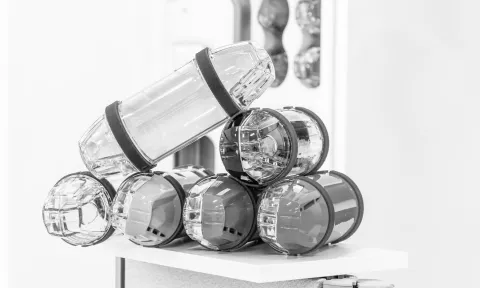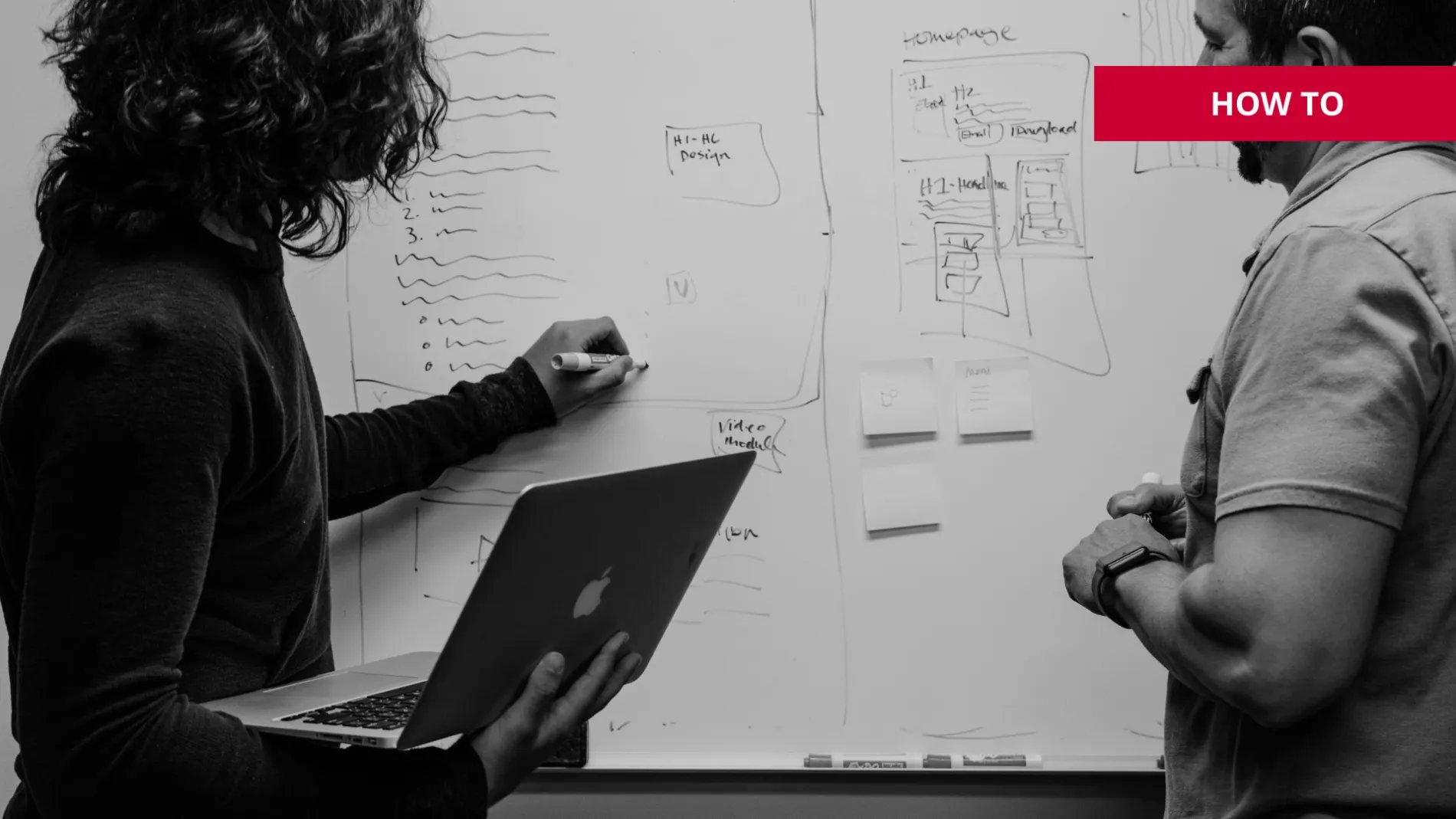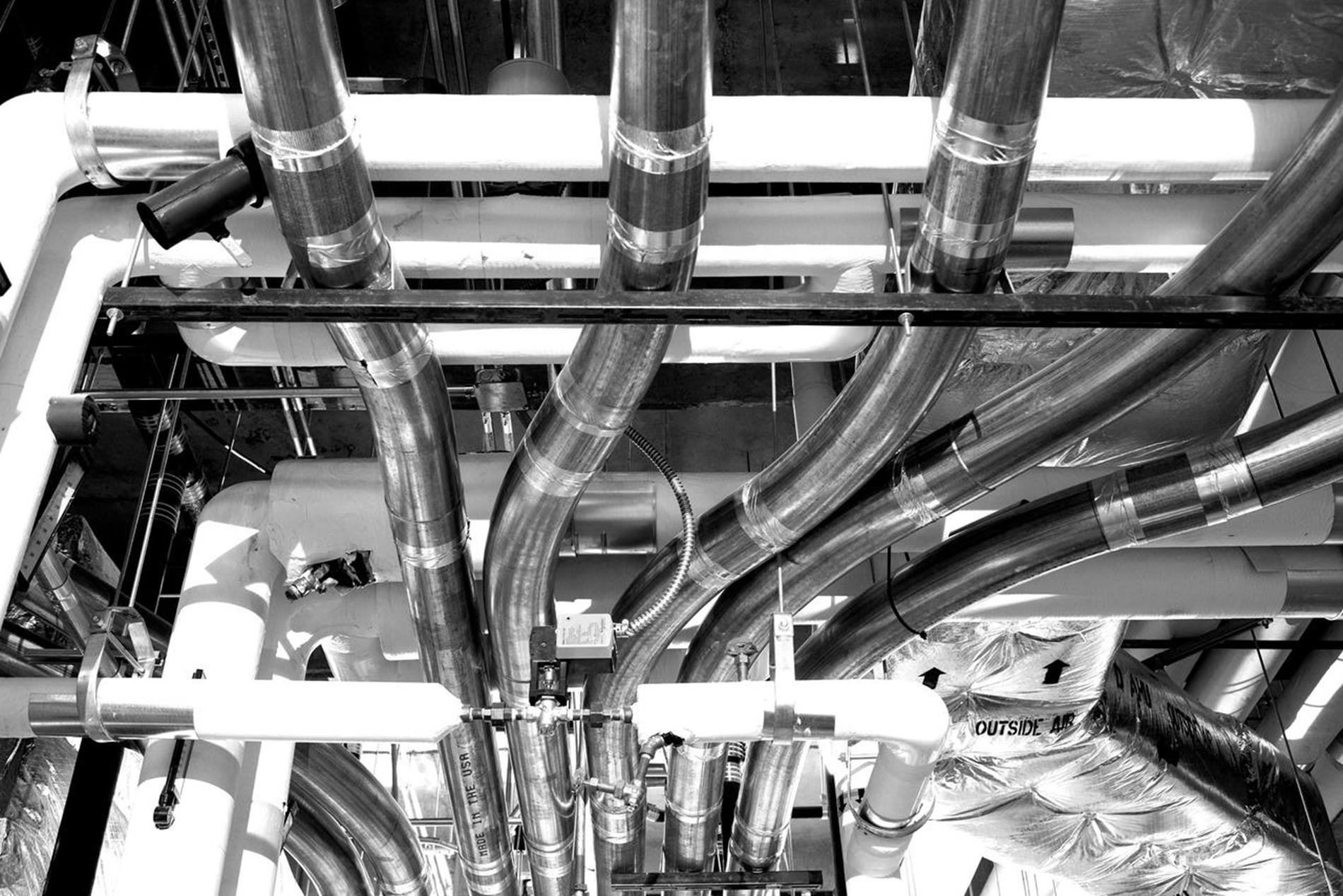You might also be interested in this

Contact Us


How To Choose The Right Design Partner to Meet Your Facility Goals
12/21/2023
Dean Herbstreit
Healthcare architects are continuously looking for ways to enhance patient care and create highly efficient and functional spaces that are focused on the patient, visitor, and staff experience.
With rigorous education, mentoring, and continuing education efforts throughout their careers, architects have a wide array of experiences, allowing them to create, design and implement spaces that promote health and healing within the health care environment.
However, rapid technological advancement means architects must realize and embrace the importance of partnering with experts in various facets of building design. During the design phases from Concept through Commissioning and Operations, it’s important to have creative design partners that are committed to the same goals and outcomes as the client and their design team.
While material handling logistics are secondary to patient care, it remains critical to design spaces that efficiently function throughout the lifecycle of the building, allowing materials to flow into, out of, and throughout the facility in the most logistically efficient manner. This means creating highly functional and efficient workflows and processes, keeping the patient, visitor, and staff members at the forefront of the design.
Partnering with experienced specialists from manufacturers in the early design phases is critical to the design cycle. With the ever-changing design process, from Pre-Design through Schematic Design, Design Development, and beyond, selecting the right design partner can reduce design changes that create a ripple effect and ultimately create delays, increased design costs and conflicts with other systems and spaces.
Third party design consultants, on the other hand, rely on input from manufacturers to propose solutions which do not always translate accurately. Thus, design consultants typically possess a general knowledge of things whereas manufacturers of technology are specialized and are focused on the specific requirements of the design program.
As a result, specialized manufacturers with decades of experience know and understand how systems operate at peak performance. General design and performance specifications issued by third party consultants can result in critical design changes that are avoidable by partnering with manufacturers, early in the design process, that specialize in their field or product.
Design assistance services, typically referred to “Design Assist”, offered by manufacturers early in the design process can save the client hundreds-of-thousands of dollars over the life of the building by designing and implementing high performing solutions that contribute to the quality of care and the staff and visitor experience.

Architects, especially in the healthcare space, are often faced with some of the biggest challenges as few buildings have as many design considerations as a hospital, Therefore, managing design projects in this space requires immense general knowledge and knowing when to call on specialists. The best architects, then, put their clients first by:
In conclusion, the pursuit of excellence in healthcare facility design is an ongoing journey, one that demands an unwavering commitment to patient care and operational efficiency. Architects and decision makers in this field play a crucial role in shaping spaces that promote health and healing, but they’re equally responsible for ensuring the space is designed to maximize functionality and that the construction process evolves as planned – that's where choosing the right partner can make all the difference.


Contact our knowledgeable specialists to discover how our range of automation solutions can boost efficiency, reduce costs and enhance care at your healthcare facility.
Contact us